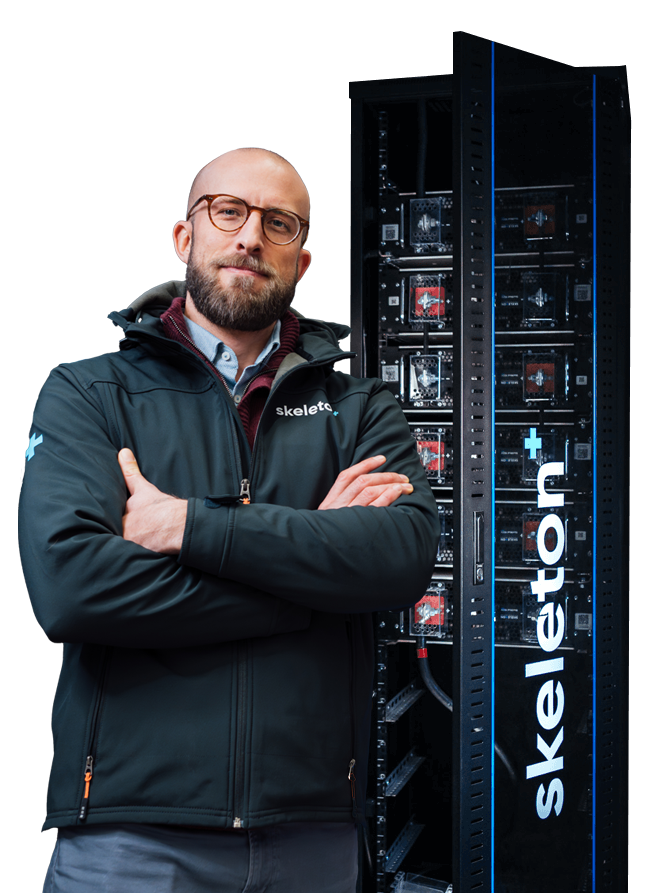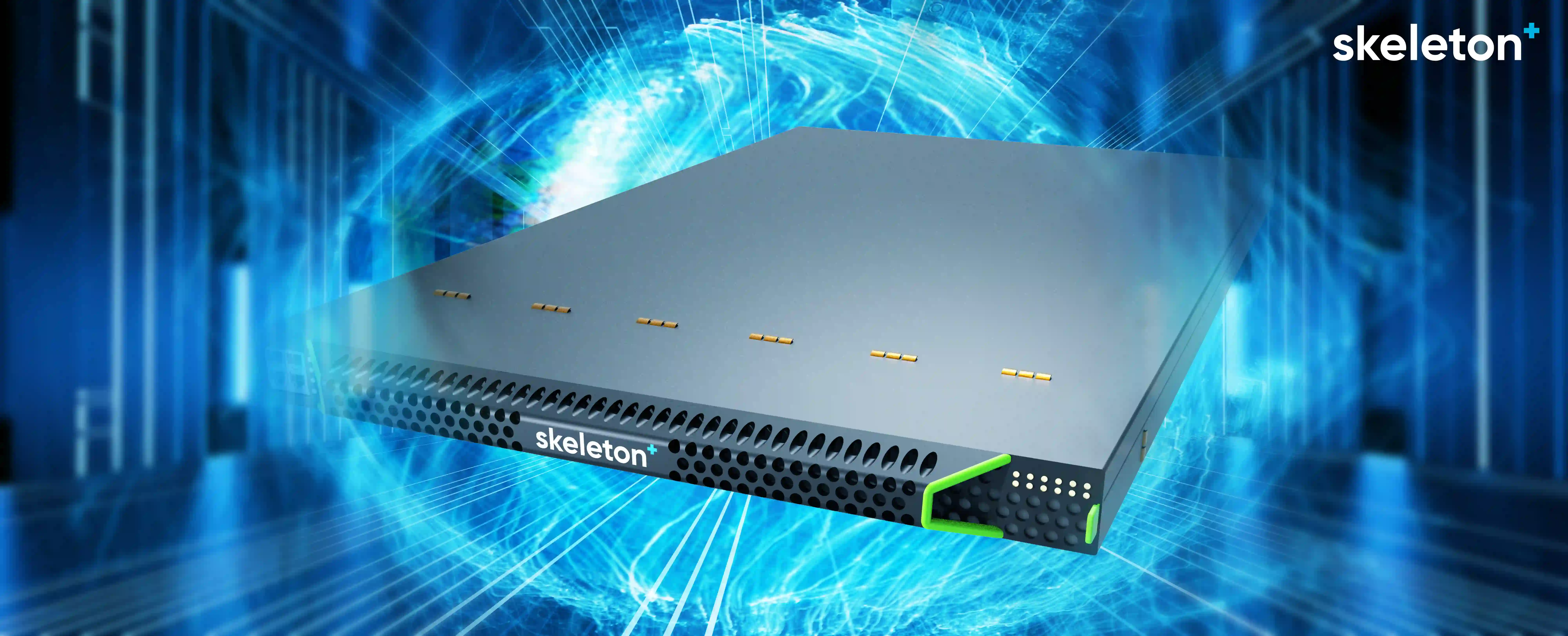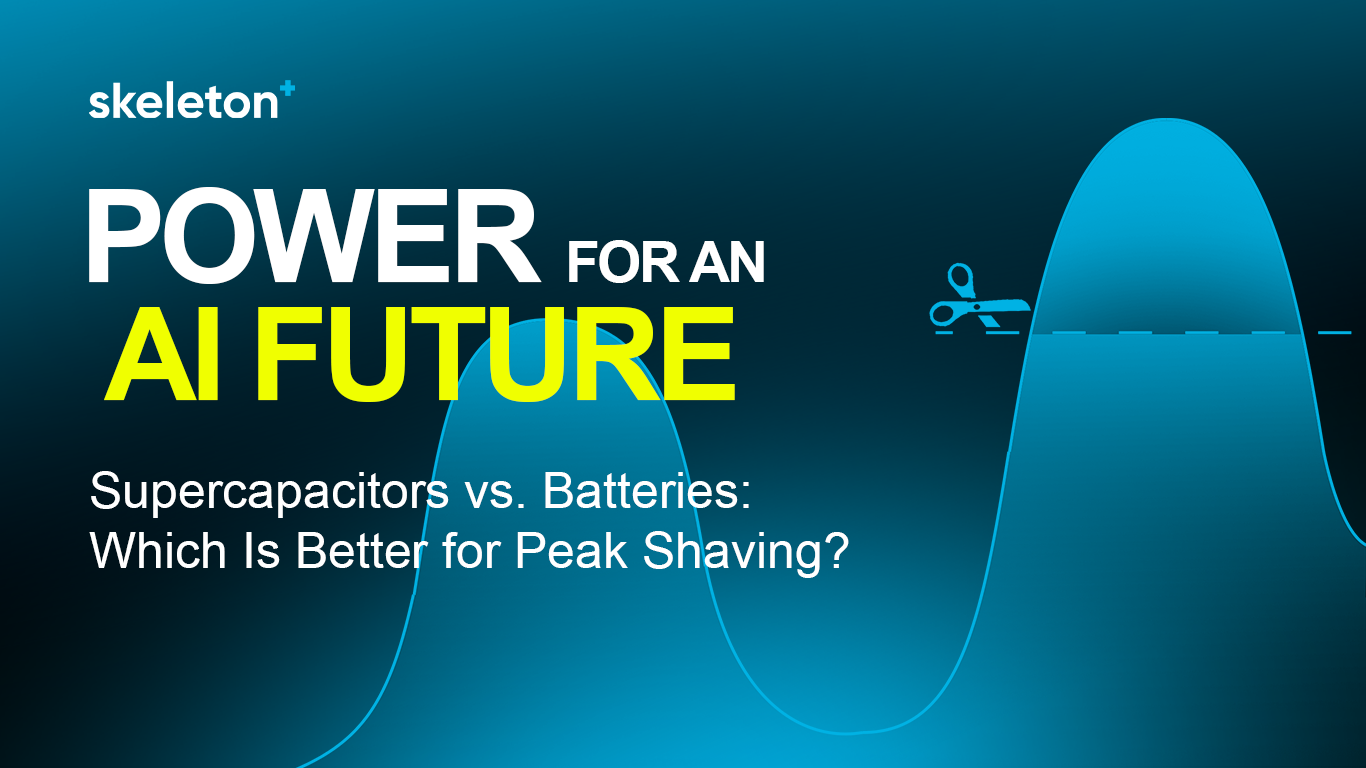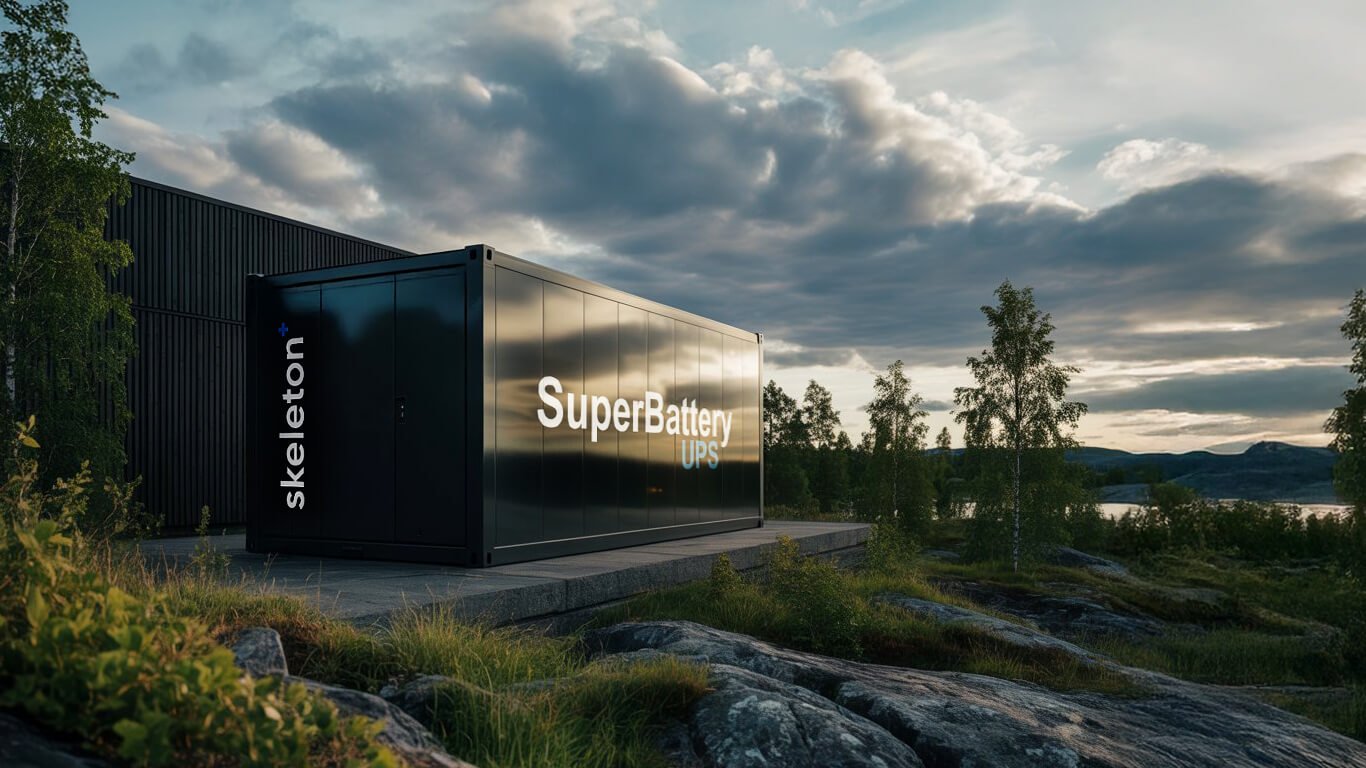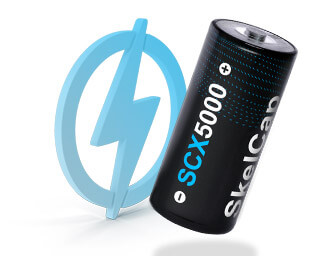
Supercapacitors 101: Maintenance and Lifespan of Supercapacitors

Supercapacitors offer impressive durability and handle heavy cycling far better than battery technologies. However, they aren’t magic—like all electronic components, supercapacitors, even ones from Skeleton, have their limits. However, by carefully managing voltage, temperature, and other stress factors, you can make supercapacitors last for decades or millions of lifecycles while delivering reliable power on demand.
As we've seen in our infographic comparing the two technologies, supercapacitors store energy in an electric field, whereas batteries rely on a chemical reaction. Being free of chemical reactions means that supercapacitors, can operate for millions of charge-discharge cycles. For batteries, depending on the chemistry, the charge-discharge cycles are generally counted in the thousands before the battery reaches end of life.
Individual supercapacitor cells are rated for a certain voltage, temperature range, and lifetime parameters. "Rated" simply means the value determined by the manufacturer of the product for safe and effect operation.

Aging for supercapacitor modules and systems adds several layers of complexity compared to individual supercapacitor cells.
Supercapacitor aging on this level is well understood: electrolyte breakdown, electrode degradation, and voltage/temperature stress all contribute to reduced capacitance and rising ESR (Equivalent Series Resistance). Therefore, how fast a supercapacitor ages and reaches its end of life is therefore largely up to the user and use case. "End of life" for supercapacitors is defined as either:
- Drop in Capacitance (Farads) of 20% from the rated value, or
- ESR of 200% from the original rating.
A supercapacitor is considered to be at the end of its life, whenever one of these two conditions is met. Using Skeleton's SkelCap SCA3200 supercapacitor, a cell rated 2.85V and 3200 Farad, as an example.

In the case of the SCA3200 cell, when the capacitance has dropped from the rated value of 3200 F to 2560 F, the cell would be considered to be at the end of its life. Similarly, if we look at the 10ms rated ESR value of 0.14 mOhm, the cell would be at the end of its life at an ESR of 0.28 mOhm.
Read more about ESR in our blog posts "What is ESR?" and "Why Does ESR Matter?"
How do supercapacitors age?
Voltage overload: Exceeding the rated voltage of a supercapacitor can damage internal components—both chemically and physically. Using a higher voltage than the cell is rated for can cause the electrolyte to break down and the electodes to become unstable.
Another big enemy of supercapacitor lifetime is heat. High operating temperatures accelerate electrolyte degradation and can compromise the integrity of the electrode. To combat this, supercapacitor manufacturers offer cooling and thermal management for module- and system level solutions. Using active cooling methods, such as fans or liquid cooling systems, or using passive cooling with proper ventilation and heat sinks, can help maintain optimal operating temperatures and ensure long life for supercapacitors. Cooling measures are not only about lifetime, though: they also help to ensure consistent performance during high-power operations.

An engine start module installed in a mining vehicle. Despite the heat, dust, and vibration, supercapacitors generally offer very long lifetimes.
Going to the other extreme, cold temperatures aren’t usually much of a problem for supercapacitors. In fact, supercapacitors can operate at close to full efficiency even at -40 degrees Celcius/Fahrenheit (coincidentally -40 is also the temperature at which both Celcius and Fahrenheit meet), making supercapacitors for more reliable than batteries in applications such as engine starting for trucks and heavy machinery.

Supercapacitor-based engine start modules are used in truck and heavy machinery due to the excellent cold resistance of supercapacitors.
While voltage and high temperatures are the two main concerns, other environmental conditions can also play a role in supercapacitor aging. High moisture and dusty environment require robust cell and module casing and enclosure designs to ensure the supercapacitor solutions can operate as planned. These types of topics are always discussed with the customers beforehand and the necessary design precautions taken to ensure high reliability.

A SkelMod 162V 62F supercapacitor module going through vibration testing at Skeleton's
Thunderdome testing facility.
Lastly, vibration can wreak havoc on any kind of energy storage solution. In high-vibration environments, industries such as mining, construction, forestry, marine, and other mobile applications, mechanical stress can lead to physical degradation of the supercapacitor cell, module, or system compotents. Vibrations can cause micro-fractures in the electrode structure, compromise internal connections, and even affect the integrity of the electrolyte, not to mention physical damage to casings, for example.
Vibration is a critical factor when considering supercapacitor lifetime and something we always need to plan, design, and test for.
What about self-discharge?
Anyone working with supercapacitors will periodically get questions from customers about self-discharge, which simply means that supercapacitors lose charge over time, even when they're not in use. Self-discharge doesn't really age supercapacitors, but just letting supercapacitors sit for extended periods of time can lead to uneven voltage levels across cells.
Even though supercapacitors are robust, the choices made during the design and operation supercapacitor solutions make a big difference, so make sure to discuss these topics with your supercapacitor supplier.
Welcome to Supercapacitors 101, a comprehensive blog series that explains the science, technology, and innovation behind supercapacitor energy storage.
Whether you’re an energy enthusiast or simply curious about the future of energy storage, this series will equip you with the knowledge to understand and appreciate the potential of supercapacitors, as well as the applications where supercapacitors shine.
Upcoming Supercapacitors 101 Series blogs:
- Introduction to Supercapacitors
- Understanding How Supercapacitors Work
- Supercapacitors vs. batteries
- Types of supercapacitors
- Supercapacitor capacitance: What are Farads?
- Supercapacitor voltage
- Benefits and limitations of supercapacitors
- Supercapacitors in extreme conditions
- The role of internal resistance in supercapacitor performance
- Sizing and selection of supercapacitors
- Maintenance and lifespan of supercapacitors
- How are supercapacitors made?
- Future trends in supercapacitor technology
Sign up for notifications for new blog posts!
